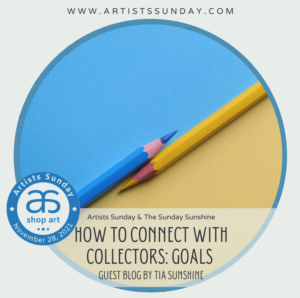By Cynthia Freese, Director of Artist Relations, Artists Sunday
Note: This article was written in prior to the current COVID-19 social distancing rules currently in place in large parts of the United States. Are physical events allowed in your area? If so, please follow your local community health and safety guidelines.
Whether you’re hosting a booth at a street fair or art walk or hosting a gallery showing or inviting people into your studio, inevitably there will come a time when you’ll have to engage with rude customers.
In the world of art there is so much to choose from. Variety is truly the spice of life. We all like different things and to be frank not everyone is going to like your work. Nevertheless, it is hard not to take customers’ comments personally.
How in the world are you supposed to respond to thoughtless and rude comments? I know I am guilty of just standing there as if I was frozen staring off into space or staring at my feet without a clue of how to respond.
After each show I participated in I would go home and make a list of the things that went well and the things that I felt I needed to work on. Responding to uncomfortable comments and questions is like a job interview. Being prepared is necessary.
As Artists, we participate in art shows to sell work. However not all attendees are there to buy art and many of the attendees are not aware of proper gallery etiquette. Because of this, artists are often put in difficult or uncomfortable situations. Unfortunately, dealing with these scenarios is just part of being in business. So, respond as kindly as possible and with a smile.
Comments I have had to answer more than once:
“Can I take a photo so my husband can make me one of these?”
I love art fairs that don’t allow photos. But, when photos are allowed and a customer asks me if they can take a photo, I am not going to stop them. If they really want a photo, they will take it anyway. So I smile and thank them for asking me. I also offer them a business card or invite them to take a photo of a business card. More than once the husband showed back up to purchase the item as he knew it was more work than he wanted to do.
“Who does your welding for you?”
I haven’t always given the most professional replies so in this case learn from my errors! Replying with, “Oh I outsourced children in China,” was not a good example of how to reply professionally. I now smile and say, “I do my own welding.” This has initiated some great conversations and helped me gain respect.
“Oh my brother, cousin, _______ … does this kind of art”
That is awesome, I hope he is doing great with it.
A Question of Price
When talking to potential customers, stay professional, be confident and genuine. I highly recommend practicing your responses at home in front of a mirror or with friends and family to make sure you are not coming across as being defensive. This will also help you to be ready to deal with the most difficult of customers.
Remember selling doesn’t always come easy. Sometimes it takes a little convincing. While you know what goes into making a piece or why you decided on a certain price, a potential buyer might not have a clue.
When asked why my work is so expensive or other price related comments I have found that asking a simple question like, “Would you like to know what goes into the creation process?” is a good place to start. Asking this can also help gauge the interest level of the customer. I suggest rehearsing different dialogs until you become comfortable sharing.
“Why is this priced so high?”
I would be delighted to share with you about my process if you have the time?
“I saw something similar for half the price”
It must be your lucky day; did you buy it?
“My five year old can do that.”
I admit I have wanted to ask, “do they have a booth here?” But I refrain and usually say something like: “It’s great to meet parents that encourage children to express themselves with art at a young age.”
“Is this going to be cheaper on Sunday?”
I don’t do fire sales on the last day. If it’s a piece of work that I just want gone I might respond with “I would be happy to give you a 10% discount today.” Or: “If you take it today will pay the taxes for you.”
“Your artwork is too expensive.”
Not really once you consider all that was involved. Would you like to learn about what goes into my work? I am happy to share with you how I came up with the formula for pricing this piece.
More on Pricing Your Work
Think about your vision, the materials and tools and the time it takes to create each piece or even each section of a piece. Being able to share your enthusiasm for your process can become contagious.
Many artists have talked to me about how uncomfortable they are when it comes to talking about money. I recommend coming up with a formula that works for you that you are comfortable with.
Being able to share on how pricing is determined is extremely helpful. After a few months of working fairs and art walks I came up with a pricing formula for my sculptures that included my hourly time and my tools and supplies needed to complete the project.
Pricing your work consistently comes with a wealth of benefits. It allows you to build credibility and establish an excellent reputation among buyers and collectors. Buyers like understanding how art is priced. It will also keep you in your gallery’s good books.
“Your Art is Too Expensive”
When a customer pulls the “your art is too expensive” card, sometimes the best course of action can be to let the sale go. If you can tell they are more focused on shaming you into a lower price than understanding the true value, then they probably aren’t worth your time or explanation.
If you find yourself in this situation, it can be hard to stick to your guns. Your natural reaction might be to drop your price just to land the sale. But always undermining your work can make you feel even worse in the end.
Have the confidence to stand by your work and say, “If you like what I do, this is what I charge. Or you don’t have to buy it. Period.”
Don’t be shy. Don’t be afraid to ask what price point they are comfortable with – then direct them to your smaller works or lower-priced item.
When someone is genuinely interested but truly can’t afford your work, hand them a business card or sign them up for your email newsletter or snail mail list. You never know who will eventually turn into a paying customer!
Educating the Buyer
Educating a potential or skeptical buyer about the art world is a practical and viable option. You don’t need a degree in art or education you just need to have a few questions up your sleeve.
Start by asking if they’ve bought original art before, then go into detail about what makes collecting art a good value.
An explanation about your growing collector base and the need for consistent gallery pricing might shed some light on how important it is to not undermine your collectors or other artists.
Most often, customers are not aware of how complex the art market is.
The more people understand, the more it cuts down on artists being quizzed about their prices.
Say “Thank You” to a Snarky Comment
Saying “thank you” is a reaction that is not often expected when a customer makes a rude or snarky comment.
Being able to turn a negative comment into a compliment about your success is one way to putting some positivity on the situation.
Saying things like “I never dreamed I would be doing so well as an artist.”
Hearing that someone thinks your artwork is too expensive can feel like a stab to the heart. Preparing yourself with a few well-rehearsed comebacks will make the conversation go more smoothly, and sometimes even end up getting you the sale!
Don’t forget, no matter what response you choose, say it with sincerity, with professionalism, and a smile.
Thanks and enjoy the show.





